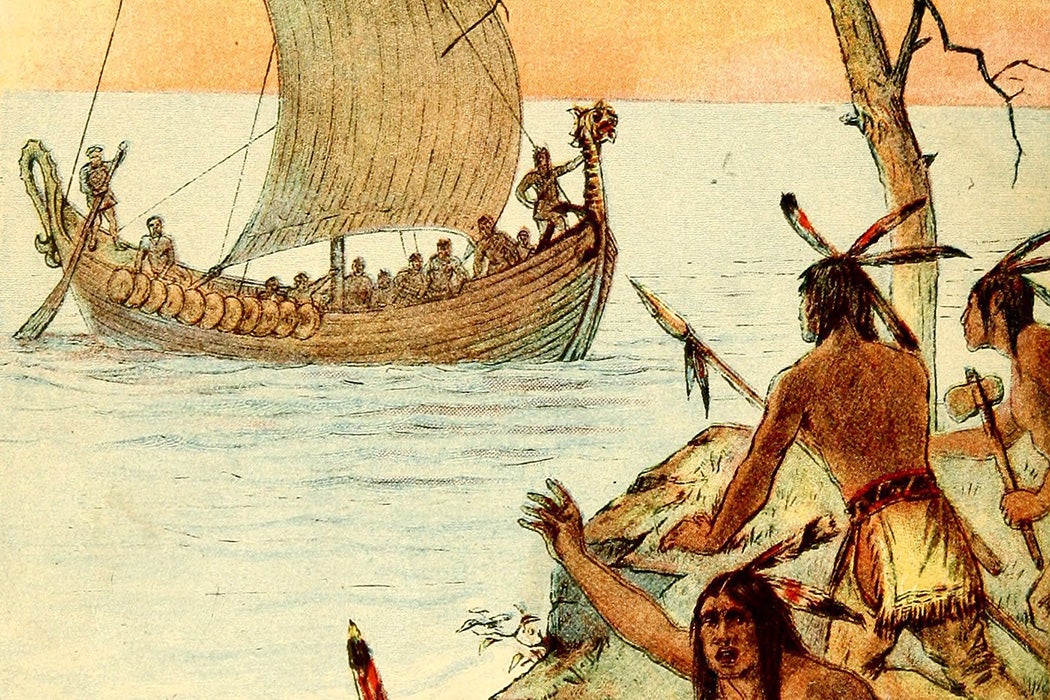It’s Thanksgiving season, which in many elementary schools means it’s time to celebrate Native Americans. And yet the books teachers and administrators choose for these units sometimes convey unintended messages, stereotyping Native cultures.
That’s a situation that anthropologists Valerie Lambert, an enrolled citizen of Choctaw Nation, and Michael Lambert, an enrolled citizen of the Eastern Band of Cherokee Indians, came face-to-face with in 2011. Their ten-year-old daughter was assigned to read the Newbery Medal–winning novel The Sign of the Beaver by Elizabeth George Speare. As they described in a letter to school officials later published in American Indian Quarterly, despite usually being a voracious reader, the fifth grader soon began referring to the book as “Sign of the Stupid” and then “The Book of Horror.”
When they read the book themselves, the Lamberts found rampant stereotypes about Native Americans in eighteenth-century New England, where the novel is set. The main Indian character, a boy named Attean, is portrayed as too lazy to work or learn to read. Native American women and girls are shown as oppressed drudges. Rather than a historically accurate civilization with a complex governance system, the Lamberts write, Attean’s society “is little more than a monkey troop living deep in the forest.” These characterizations follow stereotypes created by the English rather than the historical reality, suggesting that Speare based the novel on accounts by colonial travel writers.
“Unfortunately, she misinterpreted many of their European-invented stereotypes and fantasies as representations of the actual lives and life-ways of Indian peoples, instead of correctly reading these texts as fabrications designed to justify the European occupation of New England,” the Lamberts write.
In a 2007 paper, children’s literature scholar Debbie Reese offers guidance to teachers who want to do a better job of choosing books to reflect Native American experiences. Reese describes reading Gerald McDermott’s 1974 picture book Arrow to the Sun: A Pueblo Indian Tale. As a Nambé Pueblo woman herself, Reese found that several aspects of the book seemed confused. In the book, “kivas” are frightening places full of trials and dangers, she writes, “but I know kivas are safe places of worship and instruction.” The book also describes its main character being ostracized because he doesn’t know who his father is.
“To me that does not ring true either,” she writes. “In my experience, children are born into an extended family/community that loves and care for them. The stain of illegitimacy is Euro-American, not Puebloan.”
Weekly Newsletter
In other cases, Reese writes, picture book authors tell Native American tales in highly romantic language, using phrases like “many moons ago.” She notes that this can make the nations being portrayed appear to be mystical, long-vanished people rather than living people who still tell the stories today.
Fortunately for anyone planning a unit on Native American history and stories today, Reese maintains American Indians in Children’s Literature. The site offers a wealth of information about the representation of Native peoples in kids’ books and suggestions for excellent books to check out.







